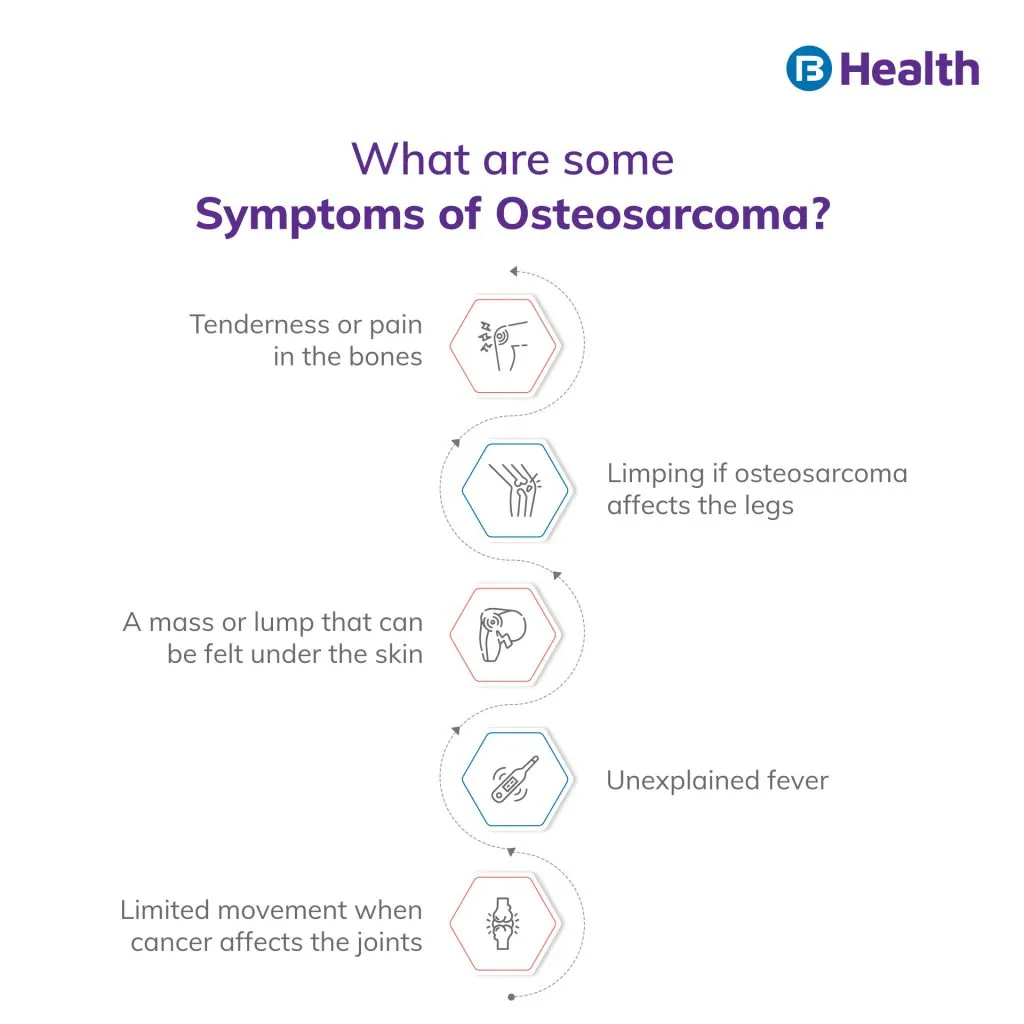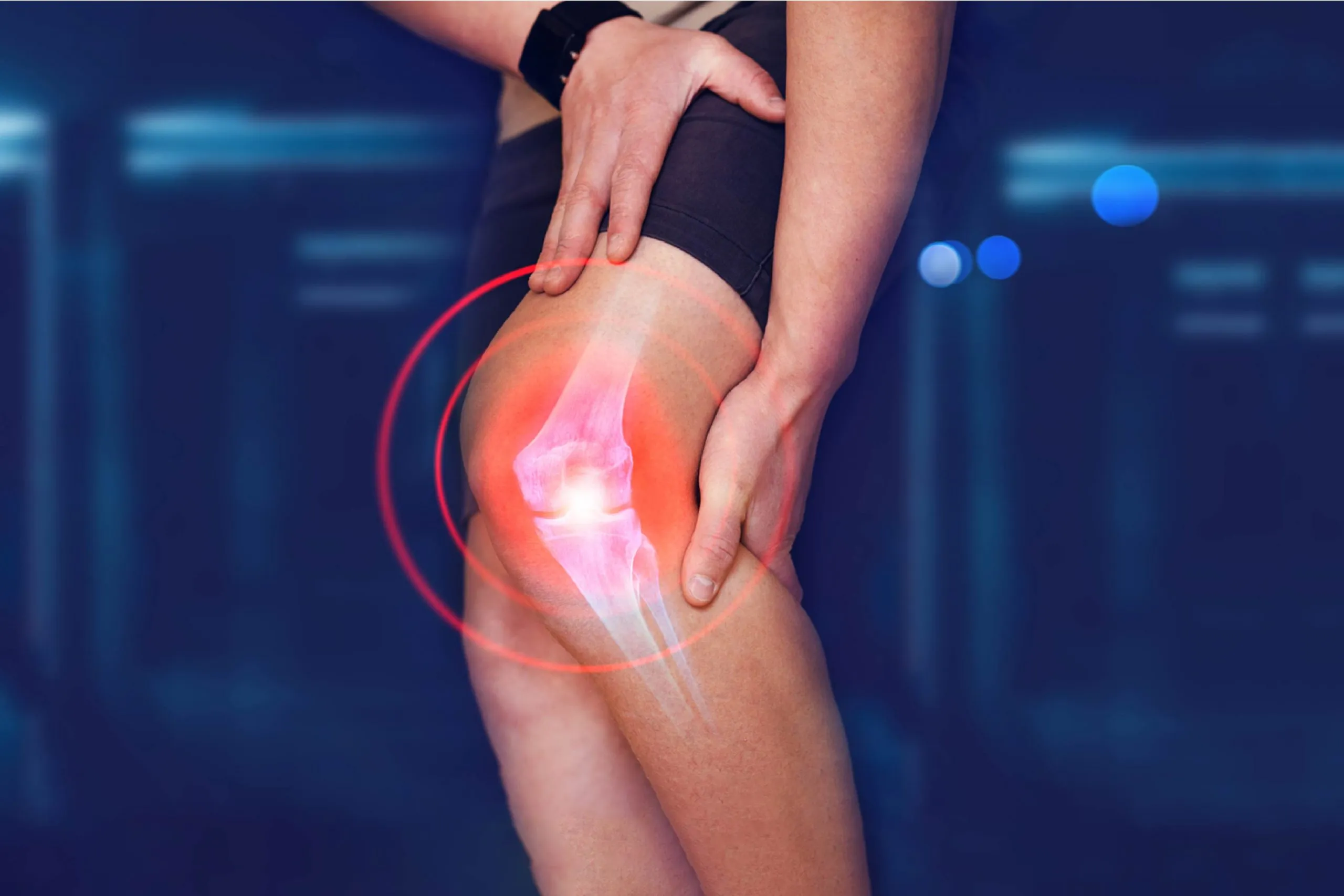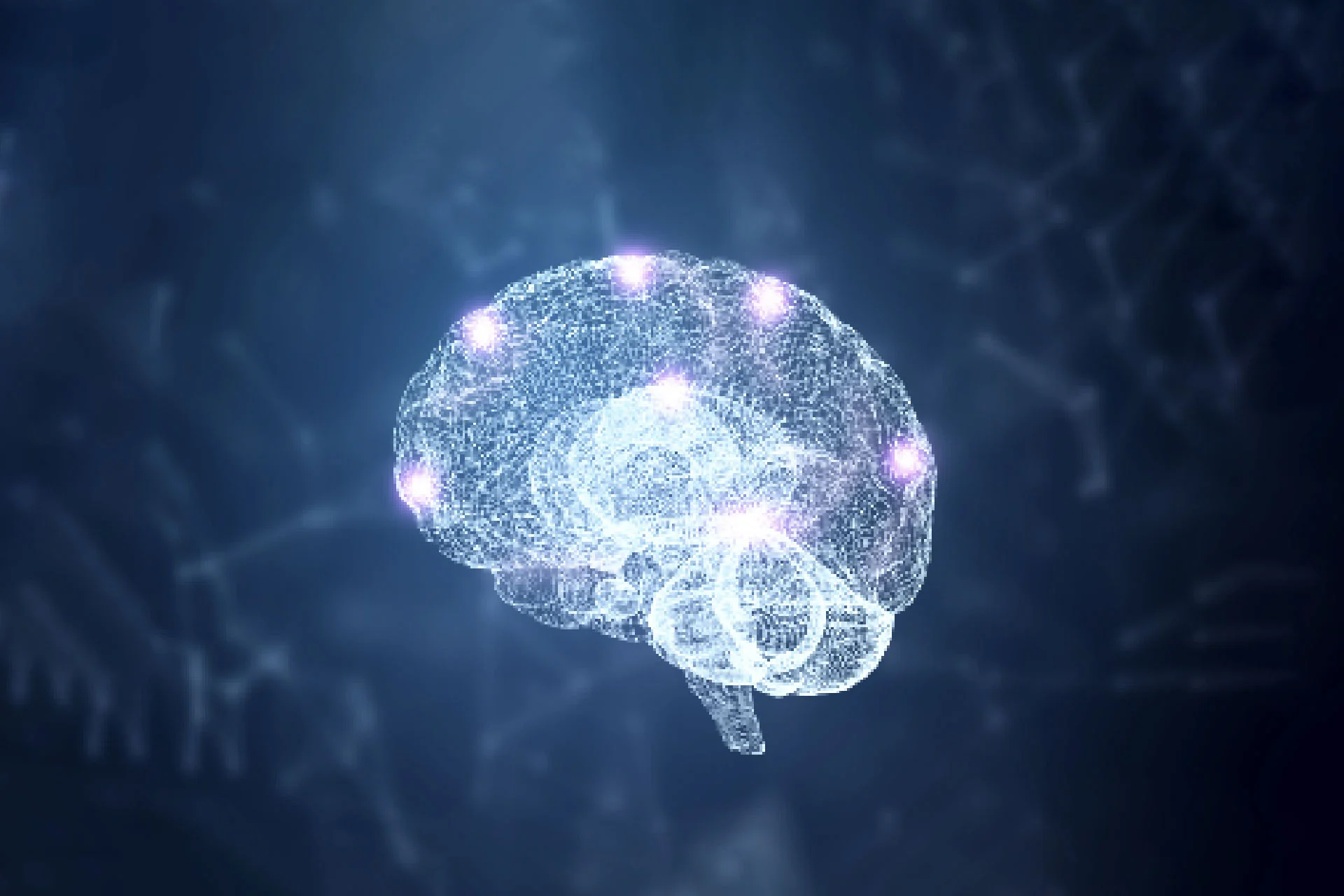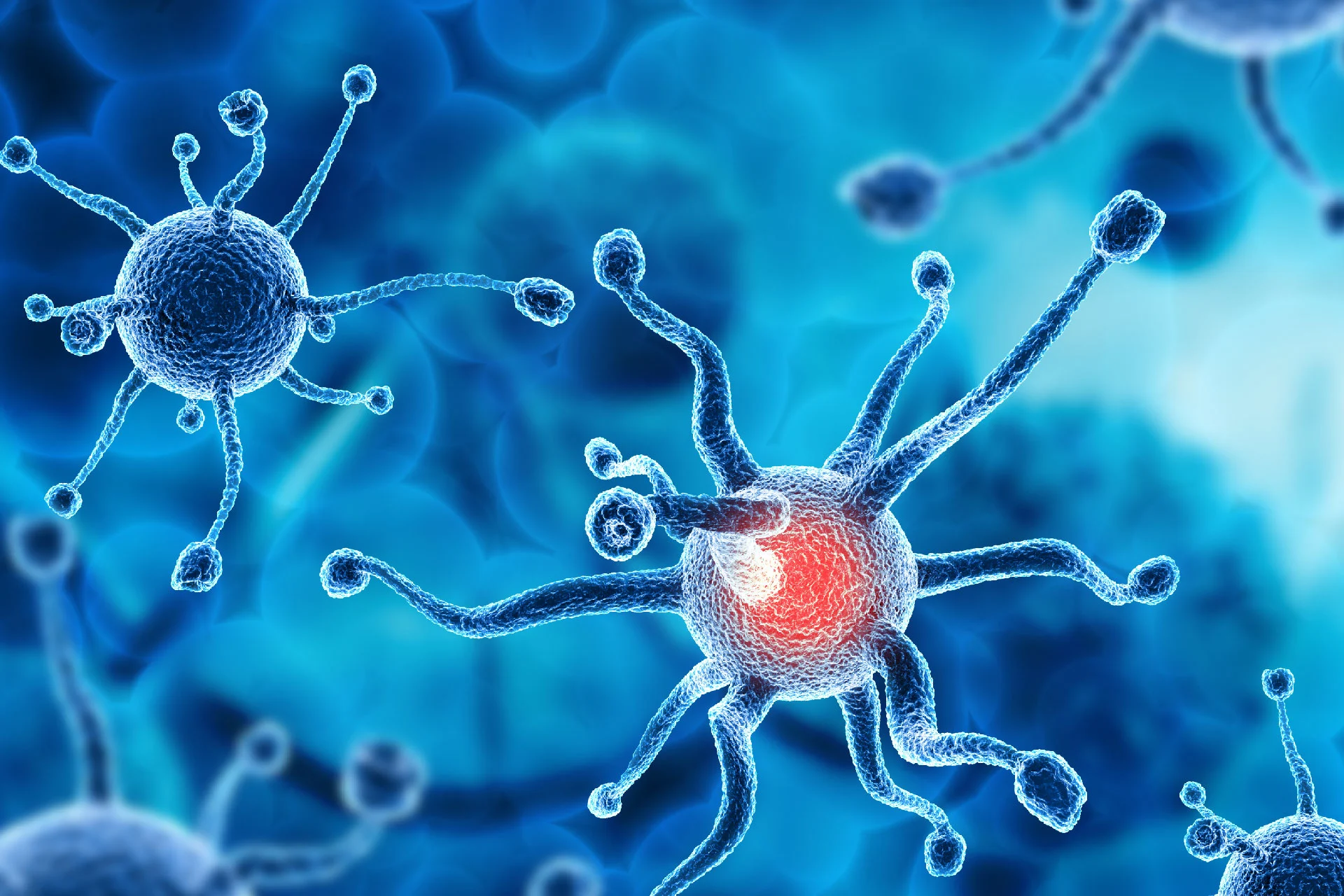Cancer | 7 min read
Want to Know How Osteosarcoma is Treated? Know All About It!
Medically reviewed by
Table of Content
Synopsis
Osteosarcoma is a type of cancer that begins in the bone, usually in the areas like the thighbone, shinbone near the knee and upper arm bone near the shoulder. Before getting directly into osteosarcoma cancer, let us gather information about cancer.
Key Takeaways
- Osteosarcoma is cancer that affects the bones but can spread throughout the body
- It can be diagnosed through several modes
- Curable if diagnosed early, delay in the treatment can lead to the amputation of the infected body part
Osteosarcoma is categorized into low-grade, intermediate-grade and high-grade based on the rate of metastasizing. The higher risk of osteosarcoma cancer remains for teens with health conditions like Bloom syndrome or Werner syndrome or who have undergone radiation treatment. It accounts for 3% of childhood cancers [1]. It usually develops during growth spurts in early adolescence. The bone pain that may keep you awake at night is an early sign of development. Hence, early diagnosis increases the survival rate. Read the blog further to know more about osteosarcoma cancer.
What is Osteosarcoma?
- Osteosarcoma is also called osteogenic sarcoma. Osteo refers to bones, whereas sarcoma is a cancer type that develops in connective tissues like bone, muscle, and cartilage. Hence, osteosarcoma meaning implies bone cancer. At first, cancer cells look similar to normal cells that help make newborn tissue. But then they form tumours, creating diseased bones that are not as strong as normal bones. It may develop at any age. However, it is common among children, teens and young adults. It is also common among African-Americans and individuals with a family history of cancer. It mainly affects the long bones, such as the arms and legs. The areas for this type of cancer include:
- Shinbone near the knee
- Thigh bone near the knee
- Upper arm near the shoulder
- Rarely in the soft tissues of the chest or abdomen
Other less common areas are:
- Jaw
- Skull
- Pelvis
According to a source, osteosarcoma is the third most common cancer in adolescence. 75% of cases are witnessed in adults less than 25 years old. The risk of tumour increases in a growth spurt in early adolescence. Before adolescence, the risk is equal for both males and females. Although after adolescence, the risk is slightly higher in boys due to longer periods of skeletal growth.

Osteosarcoma Causes
Some of the osteosarcoma causes are still unknown. However, here are a few risk factors for osteosarcoma
Radiotherapy treatment
Exposure to high doses of radiation during radiotherapy treatment may cause cancerous changes in bone cells. However, the risk factor is low. It may take a few to several hours to work.
Bone infarction
It occurs when there is a loss of blood supply to the bone tissue. It may destroy the cells.
Bone health
Some non-cancerous conditions may also increase the chances of developing osteosarcoma. For example, a bone condition called Paget’s disease may also increase the risk in people over 50-60 years of age [2].
Rapid bone growth
The risk of osteosarcoma is also related to adolescent growth spurts. Hence, age is also a factor that contributes to bone cancer.
Height
Height is also a risk factor. Taller kids have a higher risk of osteosarcoma cancer.
Genetic factor
Health condition related to your gene also increases the risk of osteosarcoma. These may include skin or bone-related conditions such as Rothmund-Thomson syndrome, Werner syndrome or Li Freemen syndrome. It also increases the risk of a type of eye cancer called retinoblastoma. Studies also suggest that babies born with a health condition like umbilical hernia are at three times higher risk of developing bone cancer [3].
Additional Read: Bone Cancer SymptomsEarly Signs of Osteosarcoma
Pain and swelling are common signs of osteosarcoma. Here are a few other signs which give you an early alert
- Fever
- Anaemia
- Exhaustion
- Severe pain at night
- Sudden weight loss
- Swelling on tumour location
- Broken bone without any proper reason
- Limited movement
- Redness at the tumour site
In some cases, it may also lead to bone fracture due to weakened bones. It may also cause severe pain. If you are witnessing these signs, meet the doctor without delay.
Symptoms Osteosarcoma
You may not feel or look sick in osteosarcoma. Here are a few other osteosarcoma symptoms which you can expect
- Swelling or lump associated with pain
- Severe pain while lifting
- Feeling pain after exercise
- Bone pain, redness in the tumour site
- Dull aching pain in the joint around the tumour
- The bone may break in the tumour site because the lump weakens the bone
If osteosarcoma occurs in the legs, the patient may limp. The muscle of arms and legs which are attacked by cancerous cells may look smaller than the muscle of other arms and legs. Pain is one of the most common osteosarcoma symptoms. It may also keep you awake at night. Some other cancers, like uterine cancer, may also spread to the bone if left untreated. If your child is experiencing severe pain or discomfort, get a doctor's consultation without delay.
Osteosarcoma Treatment
Osteosarcoma treatment is crucial, and here are a few osteosarcoma treatments that doctors usually suggest:
Surgery
During surgery, the tumour and surrounding tissues are removed. Most of the time, surgery is done without amputation. In case the bone is replaced, artificial implants or bones taken from other parts of the body are used to replace it. Unfortunately, if the whole or section of an arm or leg is amputated, you will get an artificial limb.
Radiation therapy
Doctors usually go for radiation if surgery is not possible in the affected area. The therapy is categorized into two types - external and internal. In external therapy, the machine that delivers radiation is used in the area affected by cancerous cells. In contrast, in internal therapy, the substance is inserted with the help of a needle or catheter.
Cryosurgery
This method uses liquid nitrogen to freeze and kill cancer cells.
Chemotherapy
It is the most common treatment for cancers. In chemotherapy, drugs are used to shrink and kill the cancerous cell. If the cancer cells do not respond to therapy, it indicates that the cancer is aggressive. Therefore, the doctor may suggest another combination of chemotherapy drugs or recommend an aggressive operation to ensure all the cancer cells are destroyed. The length of treatment differs and may also depend on the factor of whether cells are metastasizing. This treatment is also suggested for other cancers like stomach cancer.
Additional Read: Stomach Cancer CausesTargeted therapy
In this treatment, drugs are used to block a certain protein that is essential for cancer cells. Monoclonal antibody therapy, Kinase inhibitor therapy are some of the drugs used in this treatment. These drugs do not harm normal cells, as in radiation and chemotherapy.
Diagnosis Of Osteosarcoma
The doctor, at first, may conduct a physical examination to inspect swelling and redness. They may ask questions related to symptoms, previous medical treatment and family history to find any connection. Some tests to check the risk of osteosarcoma include:
Blood test
The blood test helps the doctors check for tumour indicators or cancer cells present in the body. These tests also determine the proper functioning of the kidney and liver by checking haemoglobin, glucose and white blood cells.
CT scan and X-rays
3D X-rays to examine organs and bones help determine whether a tumour has affected your lungs.
MRI scan
It is done if something abnormal is seen in X-rays. Images of internal body parts are created using sound waves and large magnets.
Biopsy
Tissue samples are collected from the affected area to check for cancer cells. Your healthcare provider may use either a core needle or a surgical biopsy.
Bone scan
This test injects a small portion of radioactive material into your body to check bone disorders. It also gives information on whether cancer has spread to other bones.
Osteosarcoma Complications
Here are a few complications of osteosarcoma:
- The cancer cell may spread from the affected area to other body parts, which complicates the treatment and recovery
- The diagnosis and treatment may affect the patient’s thinking, feeling, mood and memory
- Osteosarcoma treatment, like chemotherapy, may cause side effects. Although healthcare providers will guide you through this
- In case the spare limb is used, patience, time and learning are needed to adapt to this change
Types of Osteosarcoma
Osteosarcoma is divided into three types based on the growth rate
High-Grade Osteosarcoma
In high-grade type, cancer cells spread quickly, commonly seen among children and teens. It is of nine types
- Osteoblastic
- Small cell
- Fibroblastic
- Pagetoid
- Chondroblastic
- Extraskeletal
- Post-radiation
- Telangiectatic
- High-grade surface
Intermediate-Grade Osteosarcoma
It is in between high and low osteosarcoma
- Periosteal or Juxtacortical
Low-Grade Osteosarcoma
In this type, the cancer cell grows slowly. As a result, the cells look like normal bone under a microscope. It is of two types, as mentioned below
- Parosteal (juxtacortical)
- Intramedullary or intraosseous well-differentiated
Awareness of cancer not only helps in early treatment but also prepares you for that challenging phase. It is not easy to handle cancer diagnosis but with early treatment recovery rate increases. Doctors say medication with hope can show miracles. Hence, never lose hope. If you wish to get an oncologist consultation at your comfort, try Bajaj Finserv Health. Here you can get online consultation and seek information from an expert online. Let your smile and positivity fight the disease.
References
- https://www.ncbi.nlm.nih.gov/pmc/articles/PMC3048853/
- https://asbmr.onlinelibrary.wiley.com/doi/full/10.1359/jbmr.06s211
- https://www.nhs.uk/conditions/bone-cancer/causes/#:~:text=Research%20has%20also%20found%20that,risk%20is%20still%20very%20small.
Disclaimer
Please note that this article is solely meant for informational purposes and Bajaj Finserv Health Limited (“BFHL”) does not shoulder any responsibility of the views/advice/information expressed/given by the writer/reviewer/originator. This article should not be considered as a substitute for any medical advice, diagnosis or treatment. Always consult with your trusted physician/qualified healthcare professional to evaluate your medical condition. The above article has been reviewed by a qualified doctor and BFHL is not responsible for any damages for any information or services provided by any third party.





